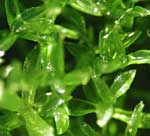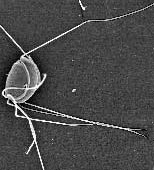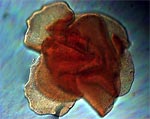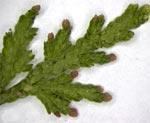Why Sequence Physcomitrella patens?
The moss Physcomitrella patens is becoming widely recognized as an experimental organism of choice not only for basic molecular, cytological, and developmental questions in plant biology, but also as a key link in understanding plant evolutionary questions, especially those related to genome evolution. Physcomitrella is well placed phylogenetically to provide important comparisons with the flowering… [Read More]




